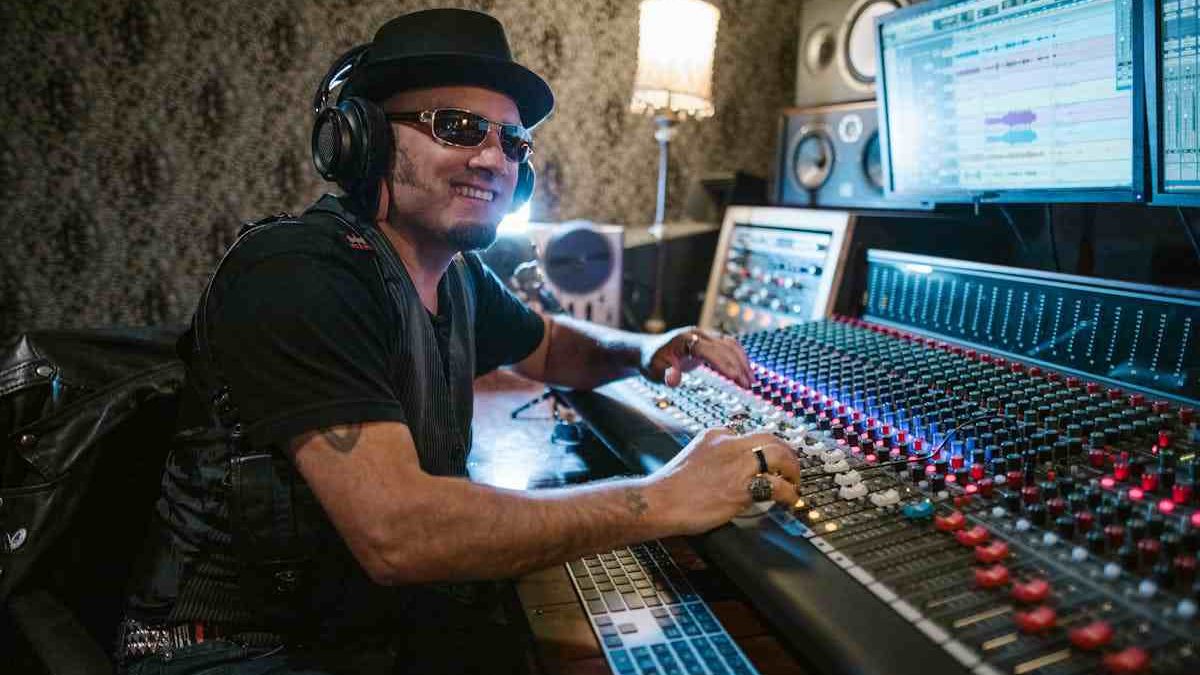Table of Contents
How Digital Music Distribution Empowers Indie Artists
The digital age has revolutionized the music industry, providing independent artists with opportunities that were once only available to those signed by major record labels. Digital music distribution has become the backbone of an artist’s ability to reach audiences globally, break into the industry, and grow a dedicated fanbase—all without the need for traditional gatekeepers. In this article,we’ll explore how digital music distribution empowers indie artists and transforms their music careers.
1. Breaking Down Barriers to Entry
In the past, the road to success in the music industry was filled with hurdles. Independent artists had to rely on physical distribution, record label deals, and radio airplay to get their music heard. Digital music distribution has eliminated many of these barriers, allowing artists to release their music directly to major streaming platforms like Spotify, Apple Music, Amazon Music, and YouTube Music.
This accessibility means that indie artists no longer have to rely on industry insiders to get their music out to the world. With just a few clicks, they can reach listeners on a global scale, gaining the exposure necessary to grow their fanbase. Additionally, many digital distribution platforms now offer free or affordable options, allowing independent musicians to retain 100% of their royalties. This enables them to focus on creating music rather than being burdened by financial concerns, providing a much-needed sense of freedom in the often competitive music industry.
2. Global Reach and Exposure
One of the most significant advantages of digital free music distribution is the ability to access a global audience. Unlike traditional physical distribution, which often limits artists to their local or regional markets, digital platforms enable musicians to share their work with listeners from all corners of the world.
For example, an indie artist based in India can quickly gain fans in the United States, Europe, or South America thanks to the seamless nature of digital distribution. This broader reach is essential for building a sustainable music career, as it allows artists to find niche audiences who appreciate their unique sound, regardless of geographical boundaries.
3. Creative Control and Flexibility
One of the most empowering aspects of digital music distribution for indie artists is the creative control it provides. When working with a traditional label, artists often have to compromise on their sound, branding, and even the timing of their releases. However, digital distribution allows artists to maintain full control over their creative process.
Indie artists can release music when they want, how they want, and as frequently as they want. This flexibility is particularly beneficial in today’s fast-paced music industry, where consistent content is key to staying relevant. Artists can experiment with different sounds, release singles, albums, or even EPs whenever they feel ready, and create a direct connection with their audience through authentic music releases.
4. Direct Relationship with Fans
Digital music distribution also allows indie artists to build and nurture direct relationships with their fans. Streaming platforms, social media, and digital marketing tools give artists the ability to interact with their audience in ways that were previously impossible. Whether through personalized content, fan engagement on social media, or live-streamed performances, indie artists can now create a stronger connection with their listeners.
Moreover, these platforms offer valuable data on listener demographics, such as age, location, and listening habits. This data helps artists tailor their promotional strategies and identify the best opportunities to engage with their fanbase, such as planning tours in regions with a high concentration of streams or releasing exclusive content for their most dedicated fans.
5. Financial Independence
One of the most critical ways digital music distribution empowers indie artists is by providing financial independence. Unlike traditional record deals, where artists might receive only a small fraction of the revenue generated by their music, digital distribution platforms often allow musicians to keep the majority (if not all) of their royalties.
This direct-to-consumer model means indie artists have more control over their revenue streams. They can decide where to invest their earnings, whether in better production, marketing efforts, or expanding their reach through tours and merchandise. By retaining a more significant portion of their earnings, artists have the opportunity to build a sustainable career and reinvest in their growth.
Conclusion: Empowering Indie Artists Through Digital Distribution
Digital music distribution has revolutionized the music industry, especially for independent artists. It has broken down the barriers to entry, providing global reach, creative control, direct fan engagement, and financial independence. For indie musicians, platforms like these offer the perfect solution for distributing music, promoting it to new audiences, and ensuring artists keep 100% of their hard-earned royalties.

